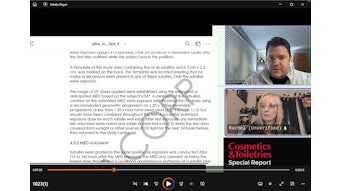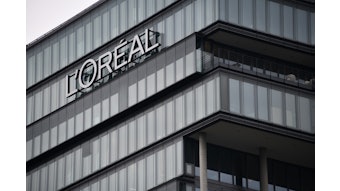The Cosmetics Directive 76/768/EEC was recast as Regulation (EC) No 1223/2009 on Nov. 30, 2009, and this recast will totally repeal the original legislation on July 11, 2013. While the recast still contains a Dangerous Substances List, elements of the list have changed. This column distills some 1,355 pages of regulation down to review the cosmetic ingredients listed.
The Cosmetics Directive
When the European Commission passed the 7th Amendment to the Cosmetic Directive 76/768/EEC, it established (under Article 7a, Part 1) the requirement that the public is entitled to certain information, including the qualitative and quantitative formulation of the cosmetic. The quantitative amount of each ingredient was limited to only chemicals that are “dangerous substances,” as listed on Directive 67/548/EEC. The quantitative amounts of these “dangerous substances” were carefully reviewed in a previous edition of this column1 that listed all ingredients on Annex I that were found in the INCI dictionary. Annex I was not available online; therefore, this author formed a separate list of the materials in the Dangerous Substances Directive that were used in cosmetics.
The Dangerous Substances Directive classified dangerous substances into these categories: explosives (E); oxidizing agents (O); flammable substances or preparations, classified as extremely flammable (F+) or highly flammable (F); toxic substances or preparations, classified as very toxic (T+) or toxic (T); harmful substances or preparations (Xn); corrosive substances or preparations (C); irritants (Xi); sensitizers; carcinogens (Carc.), classified into three categories; Mutagens (Mut.), classified into three categories; substances or preparations that are toxic for reproduction (Repr.), classified into three categories; and substances or preparations that are dangerous for the environment (N). The abbreviations in parentheses above have been assigned for bulk shipments.











